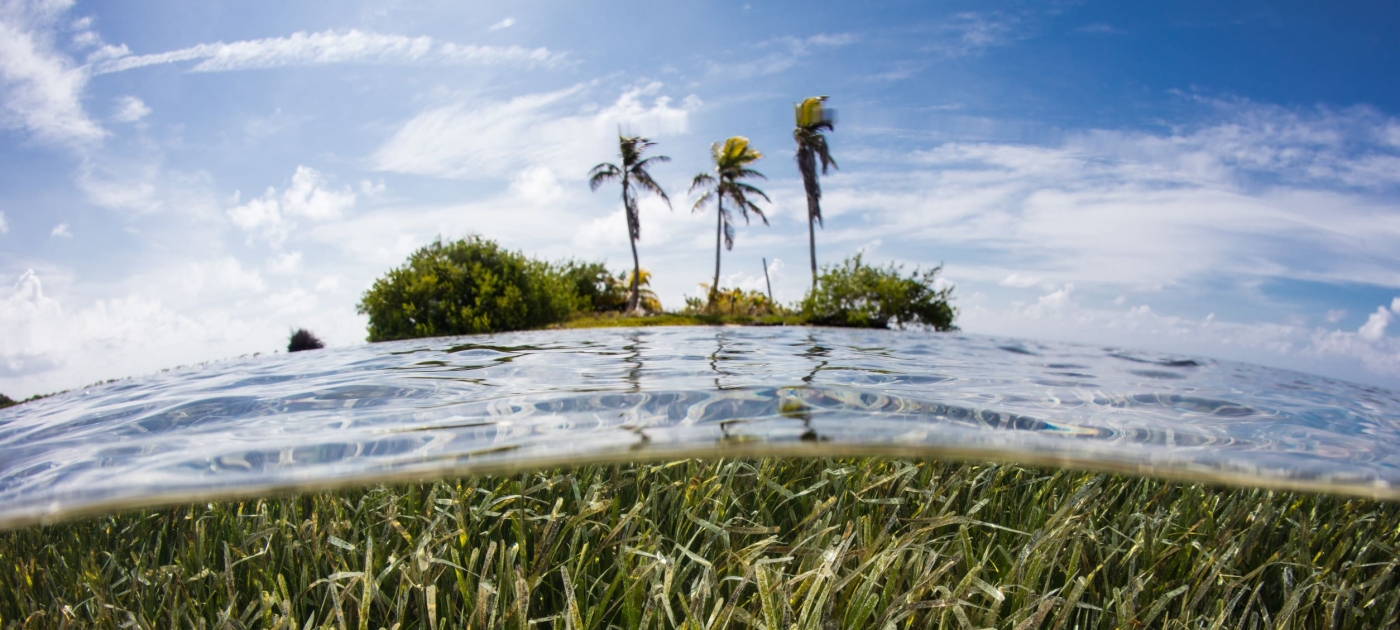
Published date: 7-Jun-2022
About 0.1 per cent of the ocean’s floor is covered in lanky green flowering plants known as seagrasses.
Their often-sprawling meadows purify ocean water, shelter fish and provide food for thousands of marine species. But seagrass habitats have been in decline since 1930, with 7 per cent of them disappearing each year, according to United Nations Environment Programme (UNEP) research.
Along with being a haven for marine life, seagrass sediment is one of the planet’s most efficient carbon stores and prevents it from becoming a planet-warming greenhouse gas.
Now, researchers at the Max Planck Institute for Marine Microbiology in Bremen, Germany, a one-time coordinator of a European Union-UNEP project, have discovered how seagrasses store carbon.